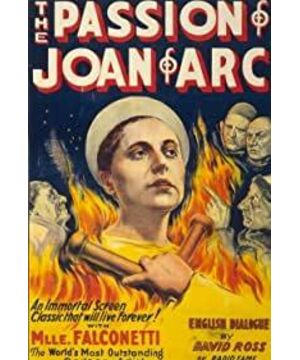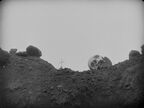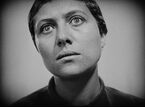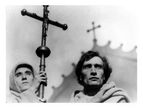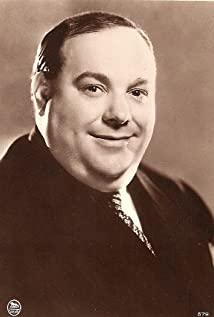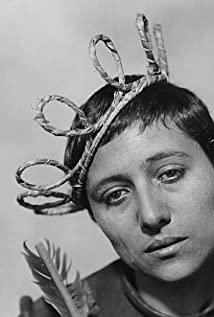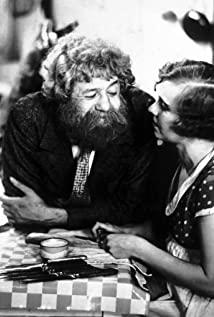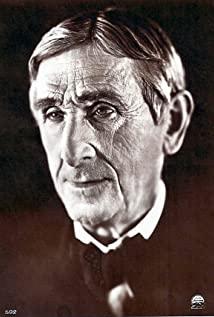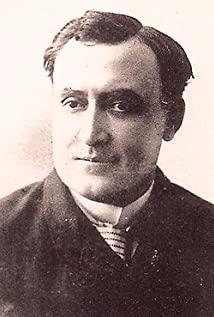The film tells the story of the French national hero, Joan of Arc, who was betrayed by the French nobles who hated her and fell into the hands of the enemy, who suffered endless torture for her faith and finally died.
1. Audiovisual
(1) Each shot of Joan of Arc is basically a close-up against a blank background, which greatly highlights Joan of Arc's demeanor and psychology
(2) Although the close-up cuts off the coherence of the shots, the real skin texture of everyone in the film and the heroine’s tense and sincere performance make it not violate the film’s essence of following authenticity (Bazin)
(3) The mise-en-scène of many scenes shows the beauty of the classical painting style, depicting the exhausted and pitiful Joan of Arc with exceptional divinity
(4) When Joan of Arc died, the white dove in the church, the devoured flames, the war-torn crowd, the baby drinking milk, the cross-cut of multiple clips pushed this clip to a climax, the compassionate good and the narrow-minded evil. The confrontation is full of metaphorical meanings, and it also enhances the tension in the rhythm. To a certain extent, it reflects the fusion characteristics of absorbing French Impressionism and Soviet montageism. In the picturesque scenes, it also reflects the characteristics of German Expressionism.
(5) The good and evil in this film, the different expressions of the two in each close-up are in stark contrast. In addition, in the camera lens, a wide range of close-up shots are used for the heroine, and a look-up shot is used for a series of characters such as judges. Slightly off-center, while highlighting the sense of oppression, it is also closer to Joan of Arc's point of view
2. Narrative: This film only focuses on the trial stage, which is a challenge to reflect the plot and characters. Therefore, a large number of dialogues and rich close-up performances are used to emphasize the character of Joan of Arc and her perseverance and kindness , the heroine's excellent performance undercuts the risk that the model might be a little boring. Even so, I think the film still has two climaxes, especially in the final judgment, Joan of Arc's lingering in the face of death, which makes the film end with enthusiasm.
3. Kernel
When portraying the character of Joan of Arc, Joan of Arc is not portrayed as a brilliant and great character. The image of Joan of Arc in this film is even more miserable and haggard, and when facing the question of life and death, he will also feel entangled and wandering, It is this real performance that highlights the beauty of Joan of Arc's humanity, makes people more empathetic with it, highlights the authenticity of the film, and also reflects the transition of the film trend to realism in this period, with a lot of background blank and The off-center shot breaks the stability of space, and there is no serial number that can represent time in the whole film, breaking the limitation of time and space, with the characteristics of transcendental films
4. Influence: Known as "the most densely-explored film in history", it is a documentary about faces, reflecting the fusion of three modernist film trends and a different experiment focusing on film authenticity
The idea is good, but it looks boring without understanding the background of Joan of Arc
View more about The Passion of Joan of Arc reviews


